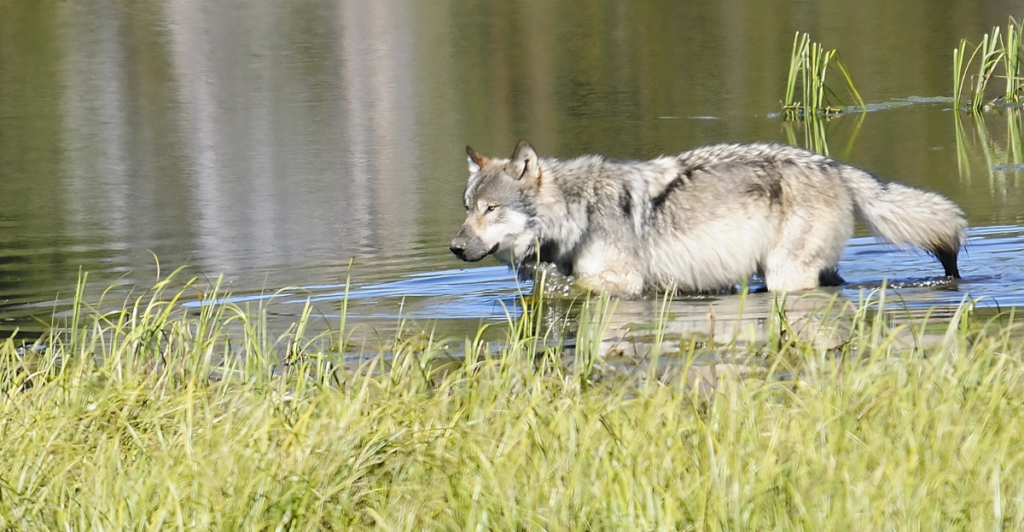
Wolves, once hunted to the brink of extinction in the United States, are making a dramatic ecological comeback. Their reintroduction, as seen in Yellowstone National Park, has set off cascading effects through ecosystems that scientists and conservationists are only now beginning to fully understand.
As apex predators, wolves are often depicted as villainous creatures in folklore, but they are actually keystone species that organize and stabilize entire ecological communities. Their role in managing prey populations, revitalizing vegetation, and even rebuilding physical landscapes has positioned them as significant contributors to ecological restoration efforts.
As environmental crises intensify, wolves offer not only a tale of conservation success but also a valuable lesson: when nature’s architects have returned, balance is restored. Here’s how they do it.
1. Managing Overpopulated Herbivores

Perhaps the most immediate ecological benefit of wolves is regulating populations of large herbivores, most notably elk. For example, in Yellowstone, prior to the reintroduction of wolves, elk populations ballooned in the absence of their natural predators.
The overpopulated elk overgrazed on the available vegetation and ended up killing young trees and shrubs along riverbanks. Now, since the return of wolves to the park in 1995, elk behavior and populations have altered radically.
Since wolves prey on weaker or aging elk, they help prevent overpopulation and force the herds to move more frequently, giving overgrazed habitats time to regenerate. This predation pressure has stabilized herbivore populations, inducing a recovery of native vegetation that forms the base of the food web.
2. Reviving Riparian Vegetation
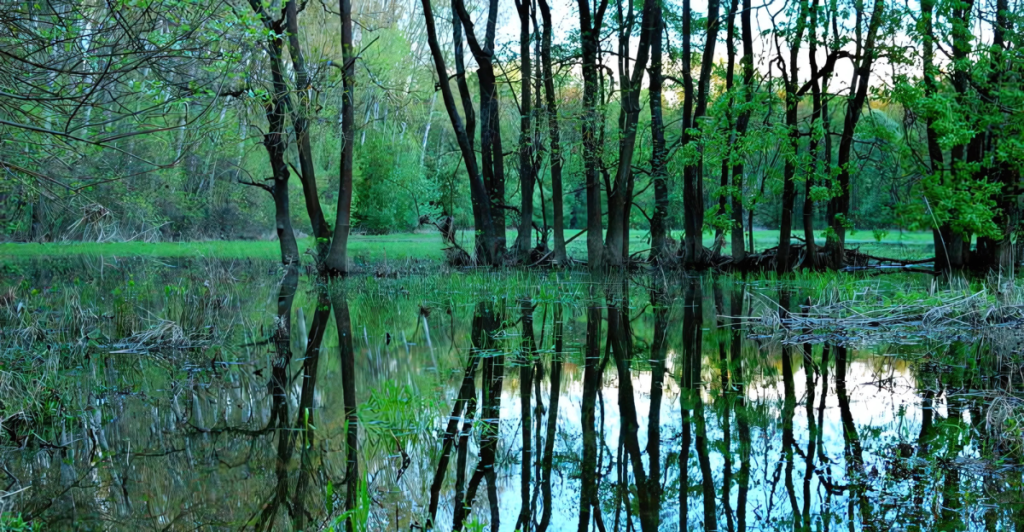
Wolf predation’s cascading effects extend into river ecosystems. As elk began to shun riparian zones—riverbanks and wetlands—to avoid wolves, these sensitive zones saw significant regrowth.
As a result, cottonwood, aspen, and willow trees, which had been decimated by elk, began to thrive once more. This regrowth not only improved plant diversity but also strengthened riverbanks, reduced soil erosion, and increased water retention in these zones.
Further, the resurgence of these plants reinstated resources and habitats for migratory birds, beavers, amphibians, and insects and even reduced soil erosion along waterways. It’s a stark illustration of a “trophic cascade”—a process whereby apex predators benefit entire ecosystems indirectly through their influences on prey behavior and plant communities.
3. Benefiting Beaver Populations
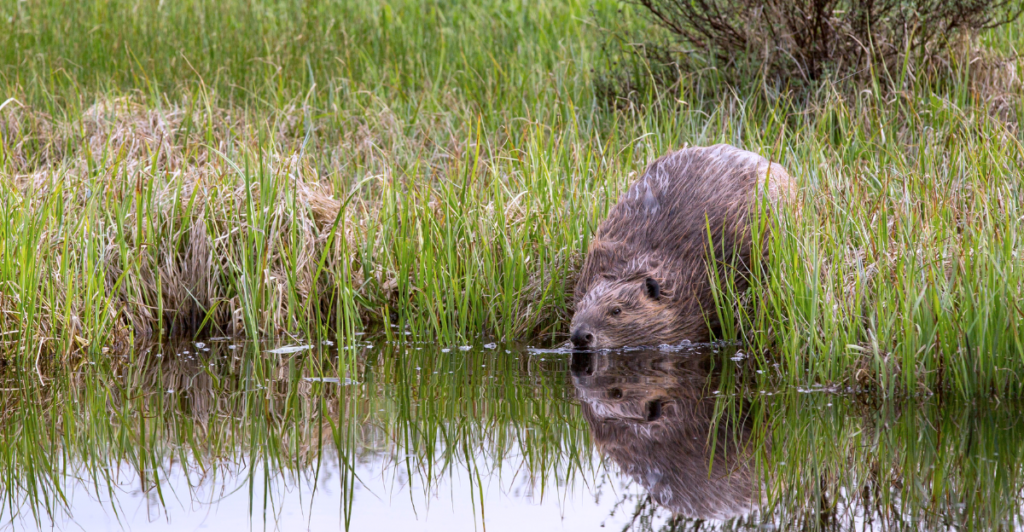
Beavers, which were nearly wiped out from Yellowstone National Park, have made a comeback thanks to wolves. When riparian vegetation like willows and aspens recovered, beavers had the material and habitat necessary for building dams.
Therefore, wolves have proven to indirectly benefit beavers by controlling the elk populations that had grazed on and destroyed young willows before they could mature. More beavers meant more dams, and the wetlands once again became home to fish, amphibians, and waterfowl. Additionally, healthy wetlands filter water and mitigate the effects of drought.
As “ecosystem engineers,” beavers benefit from increased wolf populations which sets off a chain of habitat improvements for dozens of species. For example, beaver dams create slow-moving ponds that expand aquatic habitats, increase water storage, and provide breeding grounds for amphibians.
4. Enhancing Biodiversity Across Trophic Levels
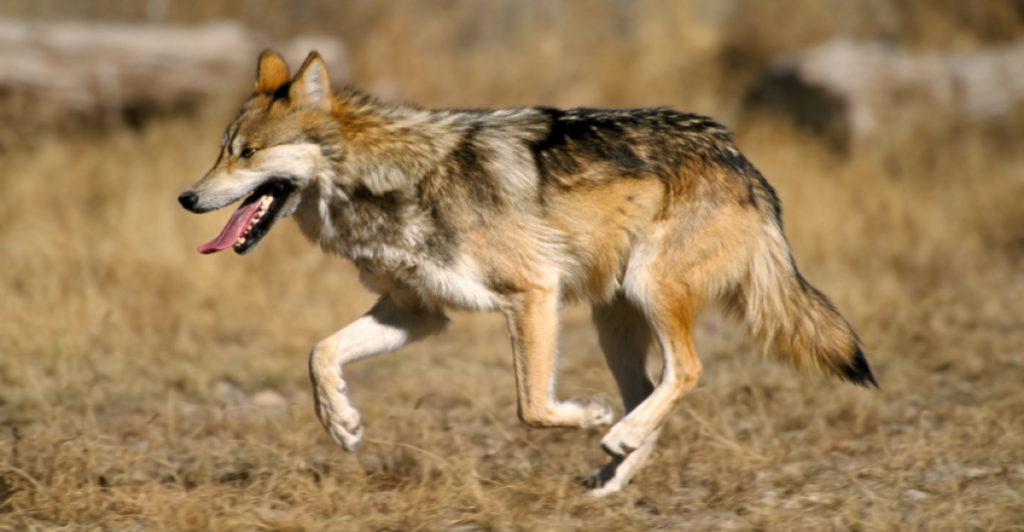
Wolves not only affect their prey but also the overall biodiversity that is boosted through a variety of trophic levels. In Yellowstone, for example, the decrease in elk overgrazing led to healthier plant communities, which became home to various species, such as insects, birds, and small mammals.
This richer food web then supported a larger variety of carnivores and scavengers. Coyotes, which have been partially displaced by wolves, have modified their behavior and diet. At the same time, other animals, such as foxes, badgers, and raptors, have benefited from higher rodent numbers that come from more robust grasslands.
Further, wolves have been known to strengthen biodiversity and ecosystems, ensuring that they are more resilient to environmental stressors, such as climate change and invasive species.
5. Managing Mesopredators
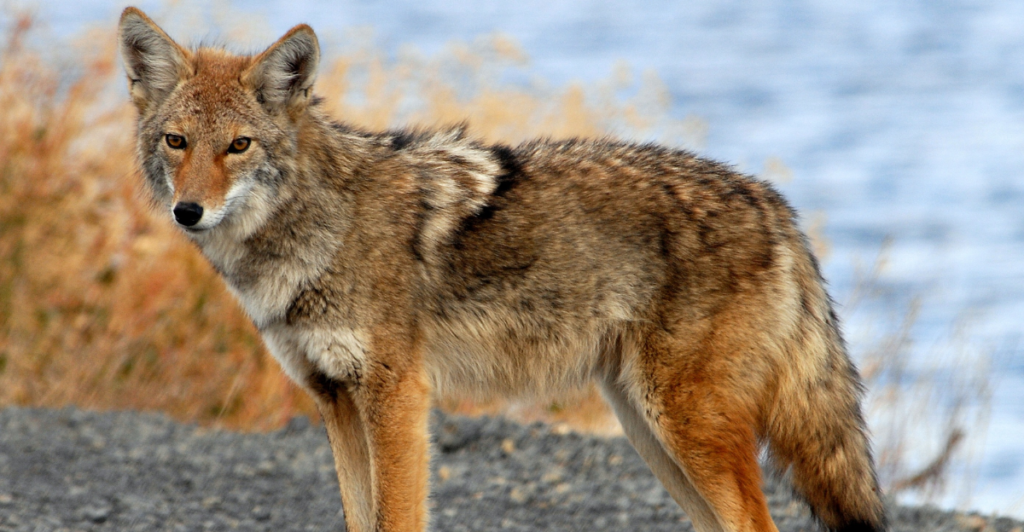
Wolves affect mid-sized predators or mesopredators, such as coyotes. Coyote populations rapidly increased in Yellowstone after wolf populations decreased, leading to heavy predation on small mammal prey, such as ground squirrels and pronghorn fawns.
When wolves were reintroduced, they reduced coyote populations and altered their territorial behavior. This allowed small prey species to recover, providing hawks, eagles, and other raptors that prey on these animals with more food.
This dynamic illustrates how wolves maintain ecological checks and balances by not permitting any single species to become too dominant, thereby assuring the integrity of the entire food web.
6. Carcass Provisioning for Scavengers

Every wolf kill is a feast for scavengers. Wolves often abandon the carcasses of elk, deer, and bison, which feed scavenger species, including ravens, magpies, bears, foxes, and even eagles. This increase in resource supply is especially critical during winter when food is scarce.
Yellowstone studies have documented increased scavenger survival and reproductive success linked directly to wolf kills. These carcasses are full of nutrients and fertilize the soil as they decompose, further feeding plant life.
Moreover, the nutrient cycling sparked by wolves influences individual species and entire biomes. Wolves, in this sense, are not just predators—they are providers.
7. Influencing Physical Landscapes
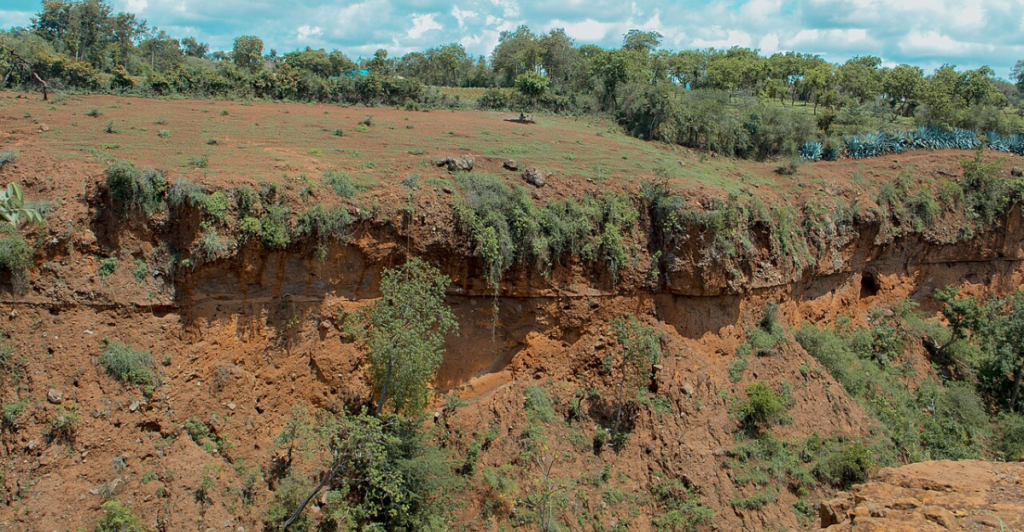
In an unexpected discovery, wolves have been found to influence physical geography. Wolves, through cascading ecological effects, influence soil erosion, water flow, and even the course of rivers. With less elk trampling and browsing riparian zones, vegetation growth helps to anchor the soil, minimizing erosion.
Over time, this causes rivers to change course and deposit sediments differently. In Yellowstone, for example, vegetation has grown in areas once bare of plants, reducing runoff and enhancing water clarity.
This activity demonstrates the far-reaching power of trophic cascades, as an apex predator helps shape the landscape itself. As Yellowstone National Park proved, the reintroduction of wolves didn’t just bring back species—it helped rethread the park’s physical landscapes.
8. Building Climate Resilience
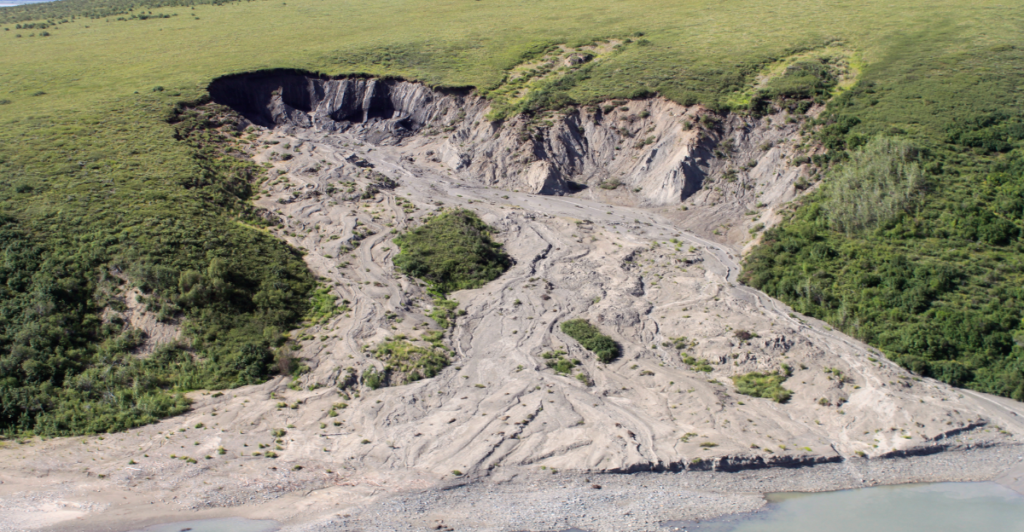
It is no surprise that healthy ecosystems are more resilient to climate change, and wolves play a part in this fortification. Their role in promoting plant growth and wetland expansion increases carbon sequestration and water retention in ecosystems.
For example, aspens and willows sequester carbon dioxide, while beaver wetlands hold water during droughts and staunch flooding in storms. Further, increased biodiversity in an ecosystem ensures that it is better able to resist changing conditions.
Thus, predator-created biodiversity protects ecosystems from invasive species and extreme weather events. Wolves, in a way, shape landscapes that are not only ecologically whole but also more resilient to a warming planet, and they do so by maintaining diversity at every level of the food web.
9. Reigniting a Cultural and Conservation Ethos
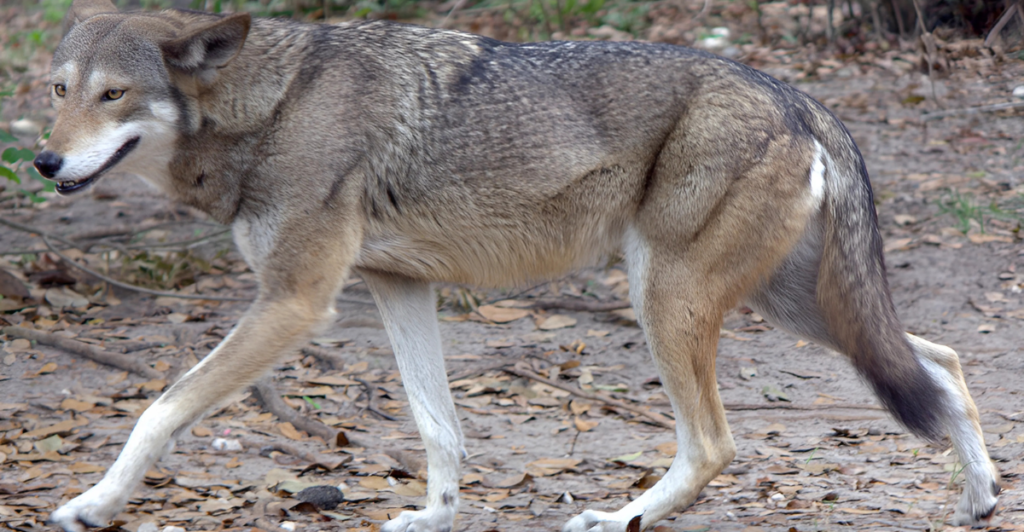
Beyond biology, wolves have rekindled public interest in conservation and ecological ethics. Their reintroduction has sparked debate, policy changes, and educational efforts on predator management and ecosystem health.
Wolves have reshaped the conservation narrative—from one of domination and exploitation to one of humility and reciprocity. The shift in narrative that they inspire is a symbol of something larger: a growing awareness that a healthy planet requires apex predators, wild habitats, and a willingness to rewild our minds as much as our landscapes.
The role that wolves play reminds us that ecosystems are ecologies, not isolated chains. By restoring wolves, we restore environmental ethics, challenging and inspiring future generations to preserve nature not out of fear but out of respect.
Explore more of our trending stories and hit Follow to keep them coming to your feed!

Don’t miss out on more stories like this! Hit the Follow button at the top of this article to stay updated with the latest news. Share your thoughts in the comments—we’d love to hear from you!







